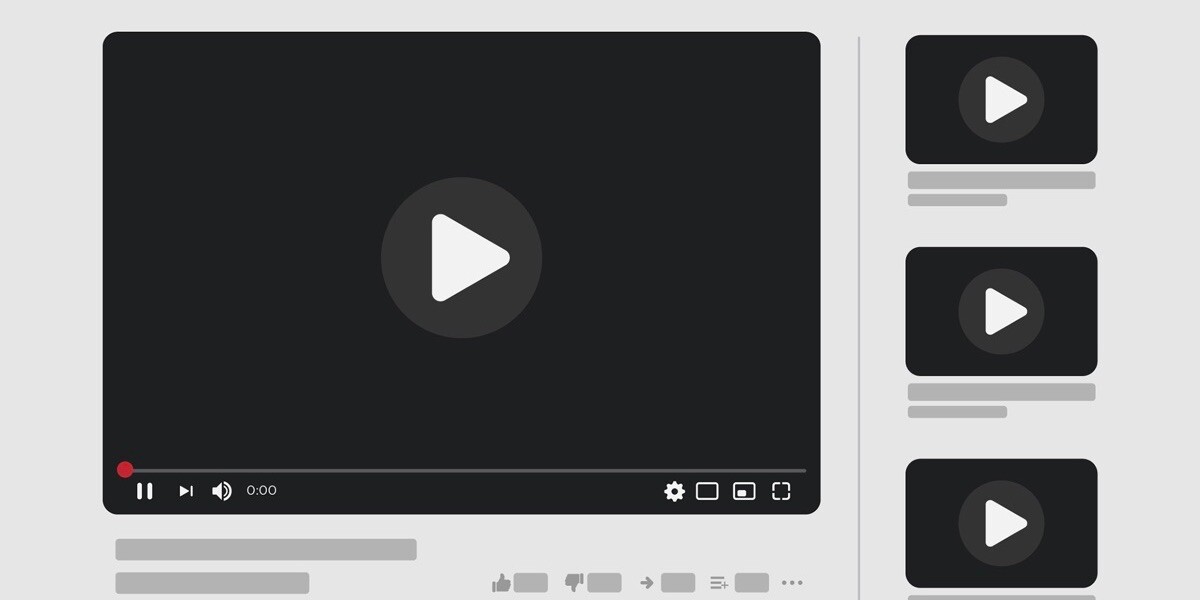
What are the Different Video Ad Formats Available?
Video advertising is becoming a powerful medium for advertisers, making it an exciting time for online publishers as the CPMs are higher than classic display banners. But with so many video ad formats available, how do you know which ones can best maximize your video revenue? Here is an overview of the 3 most common types of video ads to help you take your decision.
1. In-stream ads
In-stream ads are video advertisements that play within a video player, appearing before (pre-roll), during (mid-roll) or after (post-roll) a piece of video content. In-stream ads typically last between 15-30 seconds. While pre-rolls delay the start of a video by playing before the selected content can be viewed, mid-rolls interrupt the video content just like a typical TV commercial. Post-rolls play after the completion of the video, and can be seen as less intrusive. However, unlike with pre- and mid-rolls, viewers have less motivation to watch post-rolls as they have already finished watching their requested video content, resulting in lower completion rates of these ads.
Pre-rolls are the most widely used in-stream format and are considered to have the best ad retention, generating higher CPMs than the other two formats. Mid rolls are better suited for long form video and have high completion rates because the user is already engaged and thus more willing to watch the ad to get to the rest of the video.
Because in-stream ads are hosted in a publisher’s own pre-existing video content, you will need a video catalog before venturing into this ad format. While most viewers can expect to sit through these ads to get to their desired content, you can still run the risk of losing a viewer who clicks away before these generally non-skippable ads fully play.
Regarding viewability and revenue, in-stream ads still offer the best performance as they are usually user-initiated. We do not recommend to activate auto-plays to catch more ad impressions, as they typically show really bad viewability metrics and thus lose an interest from advertisers and are perceived as intrusive by the users.
2. Out stream in-read video ads
In-read ads are video units that autoplay on mute in a large format when a user scrolls in an article page. They appear within paragraphs of text or images, shuffle page content as they load, start playing once they’re 50% to 100% viewable, and pause when they’re almost out of view.
Because these ads are unexpected by the viewer who did not initiate the experience, they can sometimes be seen as disruptive. However, the user still has the option to either engage with the ad, close it or scroll away. Unlike in-stream ads, these types of out-stream ads exist outside of online video content and thus do not require a publisher’s player or video to host them. In-read ads are a great solution for publishers that have little to no video content but a lot of editorial text content: they have seen a massive adoption from print publishers such as the New York Times and The Washington Post, who often have a very large number of page views but little video inventory. Because these ads have high viewability and usually charge advertisers only when they have been viewed to completion, they can command very high CPMs.
Still, because these ads autoplay without sound and since audio is user initiated, they can sometimes lead to ineffective outcomes for advertisers and thus publishers.
3. In-banner video ads
In-banner ads are videos that are embedded within standard display banner ads (of typical sizes 300×250 or 728×90) on a webpage. The videos, which also don’t require a hosting video player, typically autoplay on mute, can expand to a larger area if the user clicks on them, and have no length limitation. This type of ad has extremely low viewability compared to in-stream and in-read ads as they are not the primary focus of the page. They can also result in poor user experience as the movement in the ads distract the users, and there is usually no way to pause or stop the video content from playing. As they are incorporated in banner ads, in-banner videos rely on a display ad inventory for their delivery.

